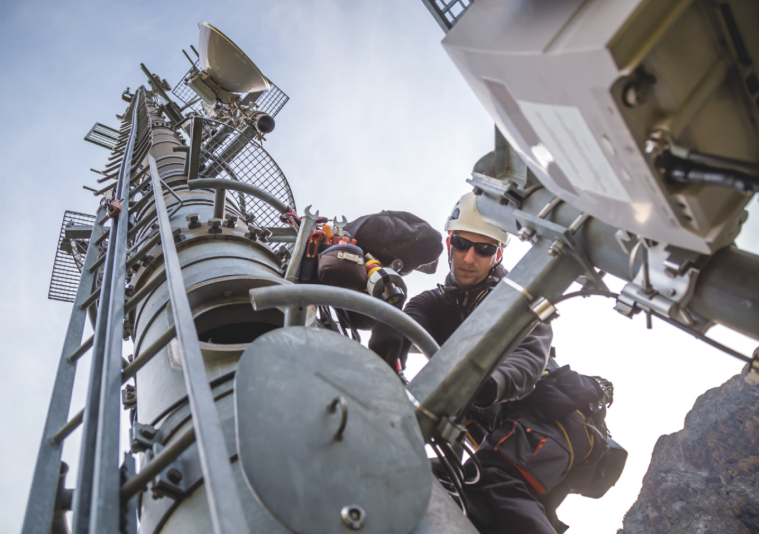This article presents some of the challenges of connecting, enclosing, maintaining, and monitoring the coming unprecedented deployment of fibre in the outside plant, and looks to a solution.In the not-too-distant future, it is entirely plausible that we will be hearing debates of this nature on our streets: ‘Those are parking meters.’ ‘No, those are 5G antennas.’ That is because both sides are technically correct.The Fiber Broadband Association has estimated that large-scale roll-outs of 5G will need 16 times the amount of fibre as 4G.
Obviously, much depends on the eventual split between mm-wave varieties of 5G and its lower frequency flavors, but if history is any guide, the march up-spectrum will only continue to gain momentum. Higher frequency next-generation networks will require greater antenna density not only because of their generally shorter reach, but also in order to provide line-of-sight transmission and reception wherever possible.These will be smaller antennas. In many urban areas, they will be as ubiquitous as lamp posts or parking metres (which will often double up as antenna mounts). Every such antenna will need to be both backhauled to the network and front hauled to the base station. Mostly by fibre.
Avoiding network takedowns
The proliferation of fibre-connected mini-antennas will unleash an unprecedented demand for low-profile outside enclosures. These enclosures must be extremely versatile, able to accommodate small form-factor jumpers and fusion splicing, as well as a broad array of optical components, and they must be mountable in any number of distinct location types including walls, poles, and strands.Ideally, their compact footprint, appealing aesthetics, and geographical adaptability will afford operators the ability to implement large-scale build-outs at low cost while minimising expensive right-of-way approvals and fees. They must also be flexible enough to allow technicians front side access to all cabling, connectors, splices, and components, rugged enough to withstand a wide range of environmental conditions, and customisable enough to meet the needs of new and emerging optical distribution requirements for both wired and wireless networks.
How Intelligent Is Your Enclosure?
At present, effective and error-free management of outside plant infrastructure confronts several significant challenges, including stranded fibre resources, separated wireline and wireless networks, fragmented optical monitoring, disjointed optical network architecture over multiple domains, underdeveloped network data tracking for both dark and operational fibers, and unrealised fiber construction layer resource management. Thus, as networks continue to densify, augmenting their operational intelligence to enable total fibre visibility (TFV) will rapidly emerge as an architectural priority.
True TFV encompasses the ability to assess, in real time, the functioning of a network’s physical elements at the construction level. This includes the integrity of every connection in the network. It also allows network managers to address proactively incipient operational issues before they become points of failure.
rue TFV will feature the following capabilities and will operate independently of live optical network traffic:
- Monitor power at individual port level
- Bi-directional
- +5dBm to -50dBm signal power range
- Detect/locate ferrule mating irregularities
- Provide taps at anywhere from 0.03dB (good splice) to 0.20dB (good connector)
- Transmit/receive in out-of-band channel (via wireless, e.g. LTE Cat-M)
- Track environmental/operational conditions
- Notify manager with alerts/exceptions to any of abov
Scaling networks to meet the demands of burgeoning fibre densification in the outside plant will require the integration of TFV functionality in as many connection loca as possible. The enclosures of the future won’t only have to be very tough, versatile, and resilient; they’ll also have to be very smart. As one might imagine Carly Simon singing (think the tune of ‘Anticipation’): Densification, densifica-ay-tion. We’re getting it done. To keep 5G ru-u-u-u-un-ning!



